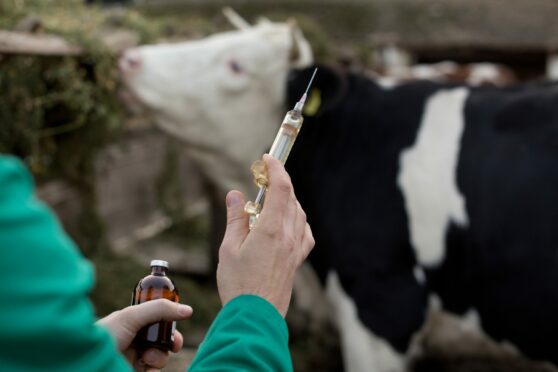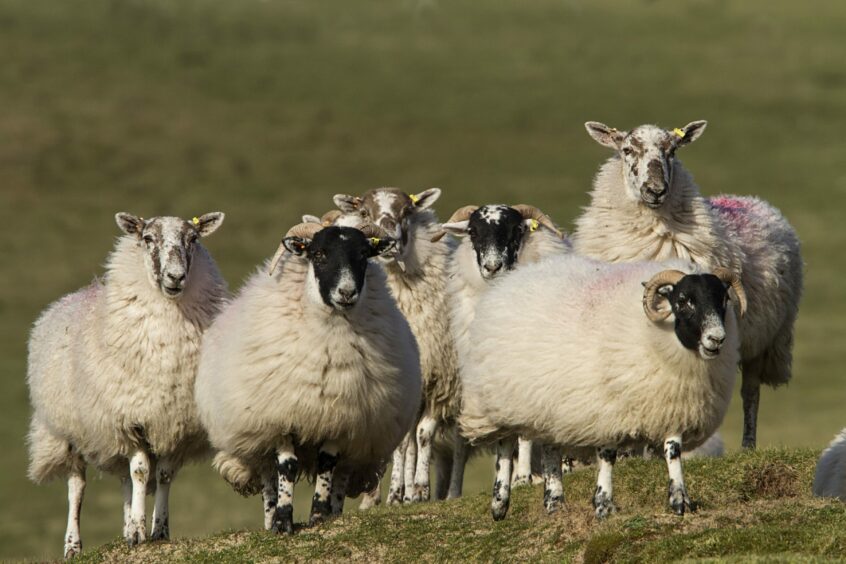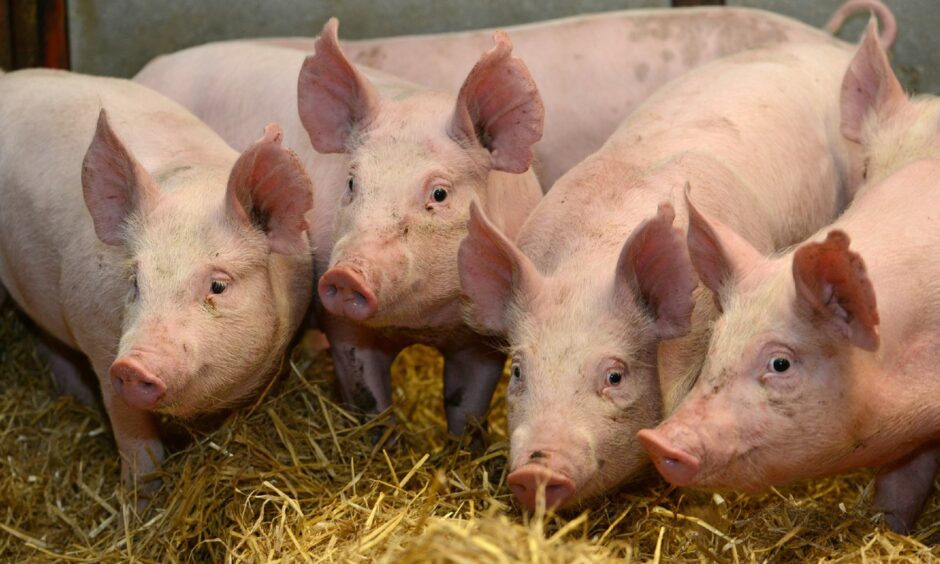Livestock producers have been praised for making headway in reducing their use of antibiotics despite the challenges of the pandemic and Brexit.
A report from UK Veterinary Antibiotic Resistance and Sales Surveillance (VARSS) shows an overall reduction in the sales of antibiotics, including highest-priority critically important antibiotics (HP-CIAs) for food-producing animals between 2019 and 2020.
When figures are compared with 2014, they show a reduction in sales of antibiotics and HP-CIAs by 52% and 79%, respectively.
A separate report from the Responsible Use of Medicines in Agriculture Alliance (RUMA) notes significant challenges for the industry from Brexit and the pandemic, with some sectors experiencing reduced production and others having severe
supply chain issues, all of which has had an impact on figures.
The key issue with the beef, dairy and sheep sectors is that antibiotic usage remains largely unknown due to a lack of data, and RUMA says the focus now is on encouraging on-farm benchmarking and engagement between farmers and vets to develop health plans.
Meanwhile, pigs and game birds have made “strong progress”, according to RUMA, and new targets plan to reduce usage by a further 30% and 40%, respectively.
The British Veterinary Association’s (BVA) senior vice-president James Russell said the reports showed how efforts are paying off in reducing the levels of resistance to antibiotics.
“There is no doubt that this past year has been unprecedented due to the pandemic and the UK’s exit from the European Union, which has brought unique challenges to realising the ambitious targets,” he said.
“Progress despite these challenges is to be applauded and should be seen as a testament to the hugely successful collaborative work being carried out by vets, farmers and the industry to champion responsible antibiotic use and greater disease prevention measures across each of the livestock sectors.
“Antimicrobial resistance remains a huge concern for vets, which is why we must maintain this momentum in the face of the ongoing global threat it poses to the health of animals, humans and the environment.
“We are pleased to see the successful rollout and response to the Farm Vet Champions initiative, which aims to train vets as veterinary stewards and to impart medicines best practice training for veterinary and agriculture students.”
The two reports have been released ahead of next week’s World Antimicrobial Awareness week and European Antibiotic Awareness Day on November 18.


